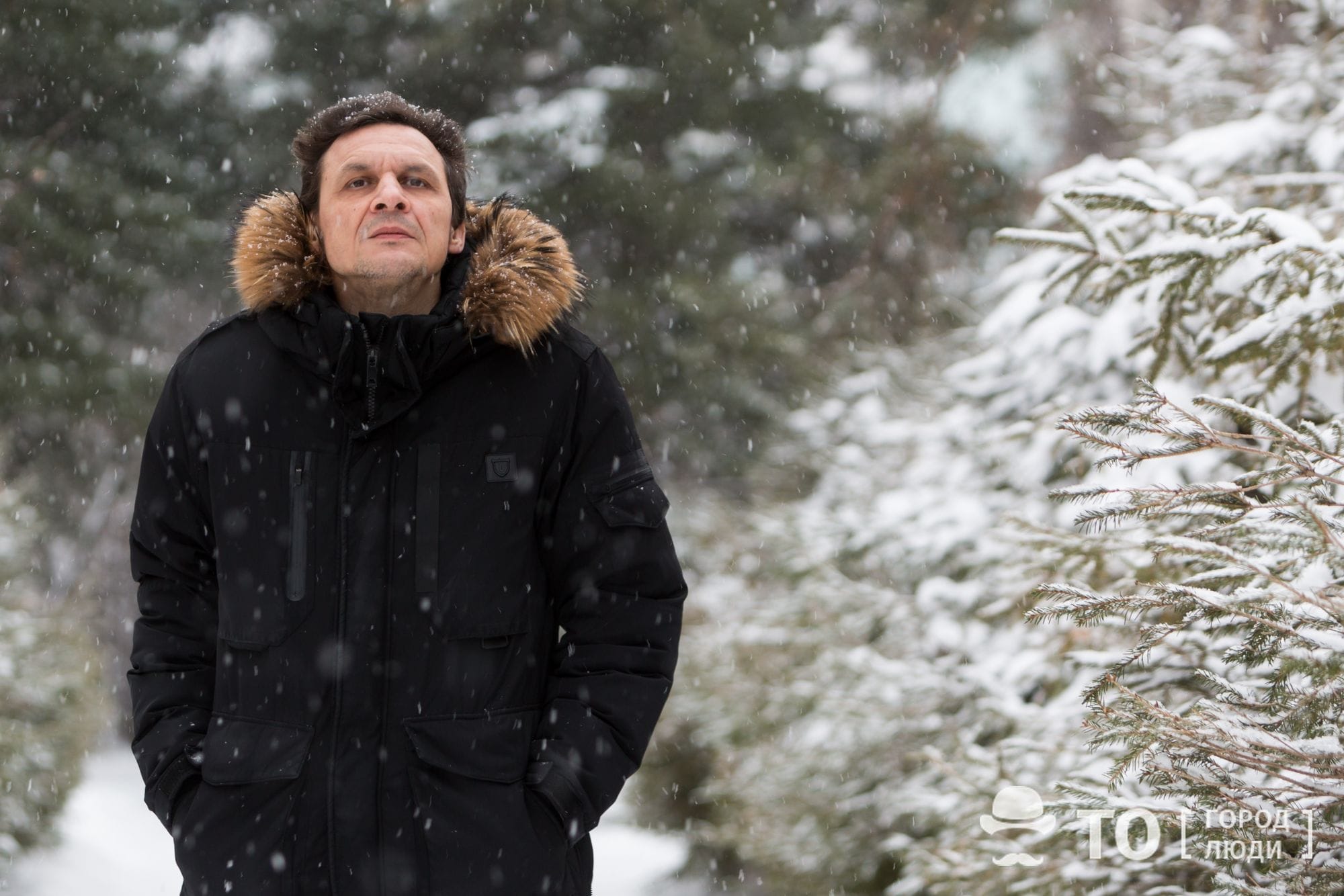Siberian Greenfield. Oleg Zmeev, Vice-Rector for Digital Transformation, about an Idle Field Free of Constraints and Standards
In a study conducted by the Moscow School of Management SKOLKOVO, “Transforming Universities”, the Tomsk Higher IT School (HITs) was mentioned among the examples of “greenfield” — a unit where activities are organized differently than in the rest of the university.
Three years ago, the school was created from scratch by a team of teachers from the Faculty of Informatics. Oleg Zmeev, academic director of HITs and TSU Vice-Rector for Digital Transformation, has told us as to how HITs lives three years thereafter, in what conditions higher schools are created, and what the digital transformation of our lives will lead to.
Cooler than “Vyshka*”
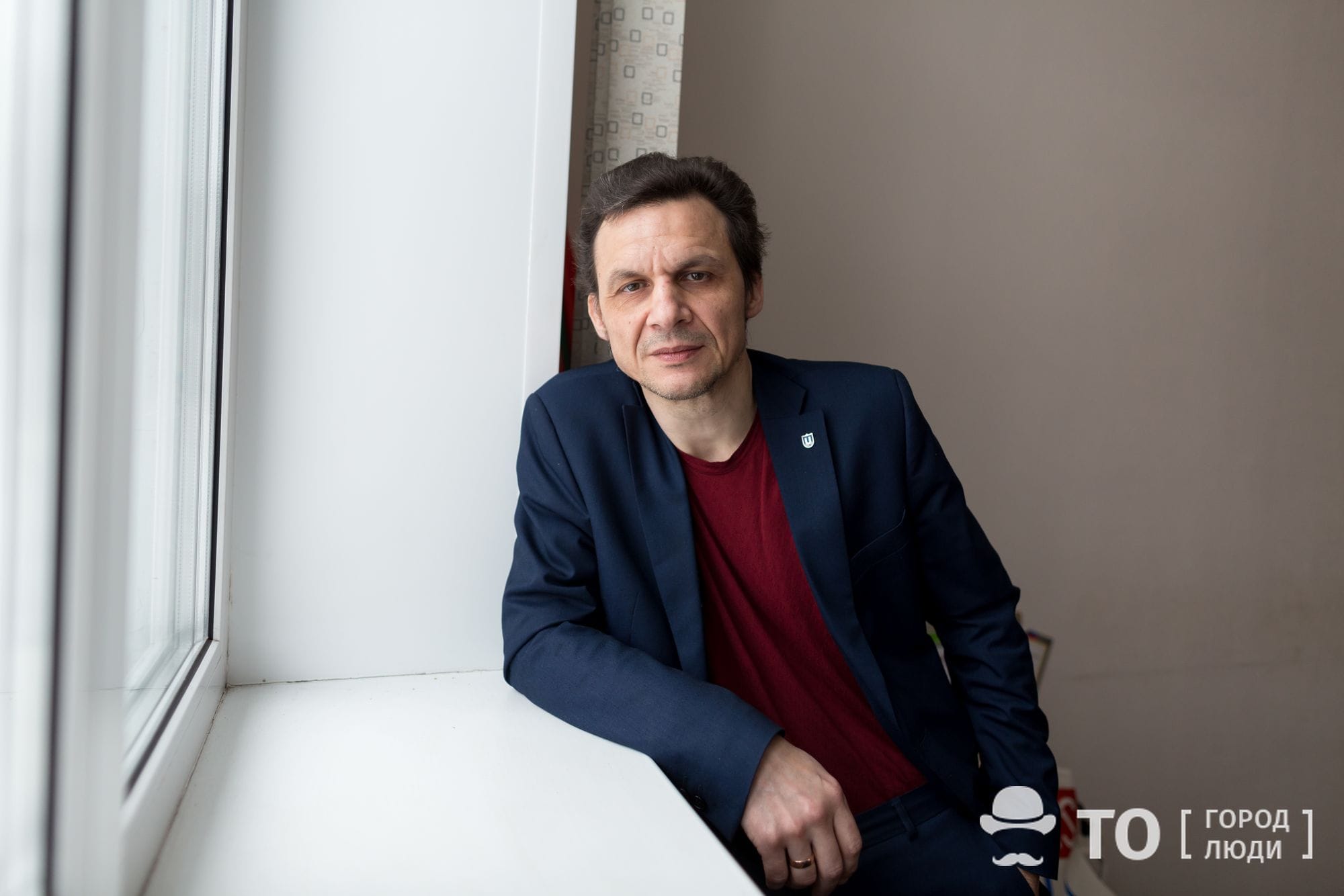
The Higher IT school is positioned as a part of the Institute of Applied Mathematics and Computer Sciences, but has a different management model, different logic of the educational process, and different relations with the teaching personnel. In the sphere of higher education, such pilot sites, where everything is arranged in a new way, are now called greenfields.
Oleg Zmeev explains the difference between the IT school of him and classical faculties as follows:
HITs is managed by a supervisory board with employers involved. The board includes industrial partners not for appearance’s sake: they directly influence the curriculum, the distribution of finances, and they take an active part in the life of the school in general. Moreover, the creators of HITs believe high-quality IT education to be impossible to deliver in the absence of real cooperation with partners.
In the school, there are no departments and few staff teachers; all teaching personnel are engaged on one-year contract basis. This approach is called ‘matrix management’, and the same is commonly spread across the world’s leading universities. In fact, we shape a matrix wherein a person having a certain resource (students and money) makes an agreement with a person having another resource (teaching skills and experience). The first lacks application without the second, and vice versa, and a new quality is born in their communication.
“But the main thing we are striving for is to make education, with the assistance of our partners, professionally oriented in all aspects
The results achieved in these three years can be expressed in numbers. In 2016, there were 25 state-funded places with a passing score of 211. In 2019, the headcount of state-funded students enrolled in the first year was as high as 38, while the passing score increased to 265.
Among the students of the school, three became champions of WorldSkills Russia in professional IT development; one of them won the title twice. Two teachers are recognized as all-Russian WorldSkills experts, one of them coaches the Russian national team. In 2019, HITs was developing tasks to be assigned at the WorldSkills Competition 2019. Over 80% of the school’s third year students already work in IT companies as junior developers. Every third student of HITs is a foreigner from far abroad. This all, along with a number of things alike, is what contributes to the prestige of HITs, which is hardly measurable, but tangible.
“Initially we had our enrolment campaign structured around the words like ‘Well, you didn’t get into “Vyshka”, you didn’t get into ITMO**, you didn’t get into…’ — thereafter, one can just name any university in the capital of Russia — ‘…so stay in Tomsk and come to us.’ Now we tell our applicants: ‘Guys, Vyshka is a cool university, no doubt, but we are cooler. And ITMO is cool as well, but we’re great either’,” says Oleg Zmeev.
An Idle Field
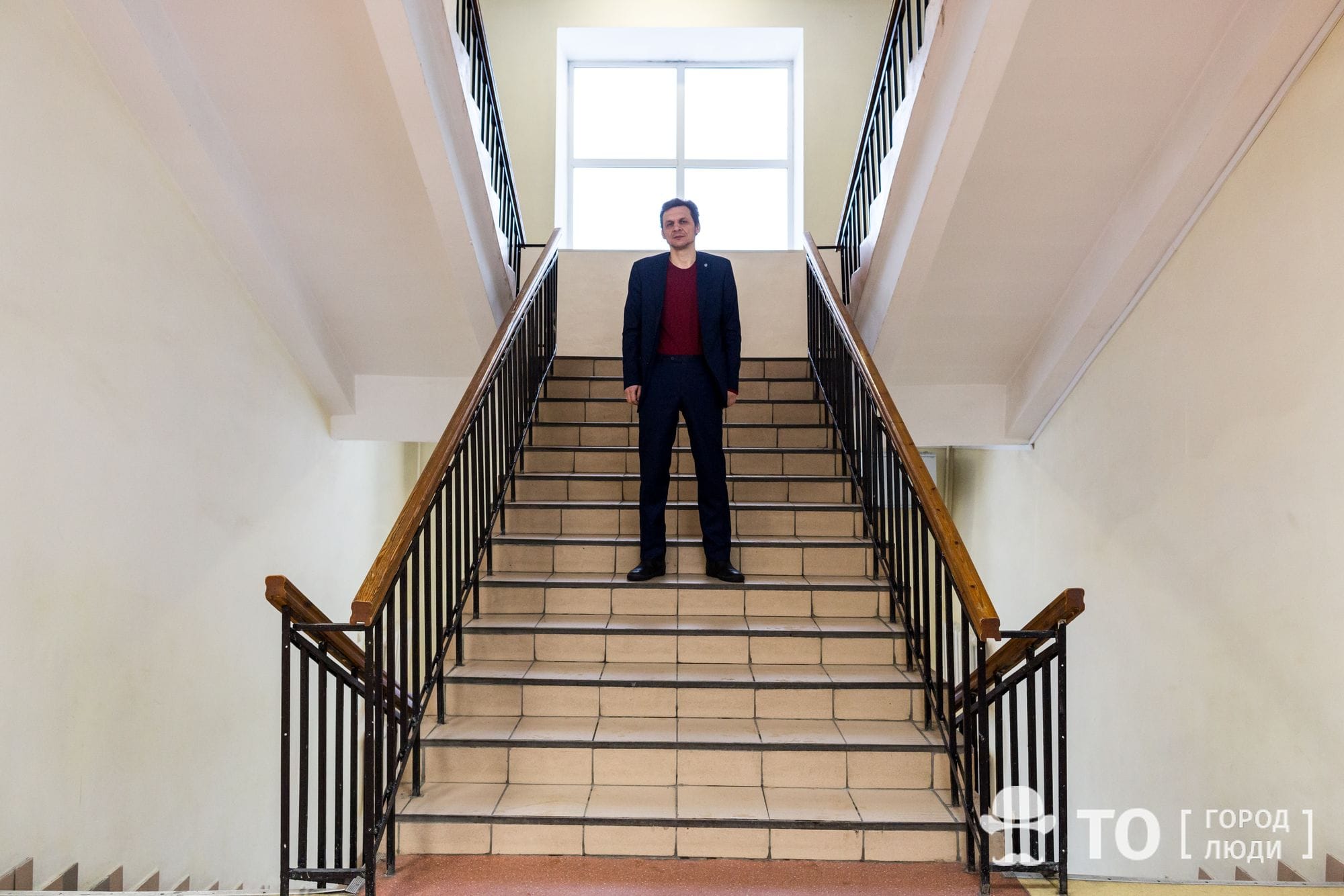
According to Zmeev, there are two ways to create greenfields of this kind. One may try to transform the university top-down, with the help of a team of “Varangians”***, which strives to show to uncomprehending employees how the greenfield should look like in practice. But the better way is only available once, in the university, proactive groups appear, which themselves seek to create pilot sites.
When such initiatives coincide with the political decision of the university rectorate, a greenfield is born. And this is the path of the Higher IT School, as it was originally created to make evident that an education with a new quality is producible — if only there is a proper desire to do so.
“It is difficult to make a transformation project, it is not a kind of path covered in carpets and roses,” says Oleg Zmeev. “That is, you seem strange, you look for some new ways, you always do something no one has ever done before you. Why is greenfield so called? This is an idle field, never ploughed! Literally and virtually, there are no rules or papers; you actually live outside the box. Just like in the famous cartoon: ‘It’s impossible to measure the temperature of the overboard water because there is none’****. A life without limits is happiness, but it is impossible to live without documents and standards at all, while to invent them (in fact, engaging in bureaucracy) is one hell of happiness!”
Conditions for Higher Schools
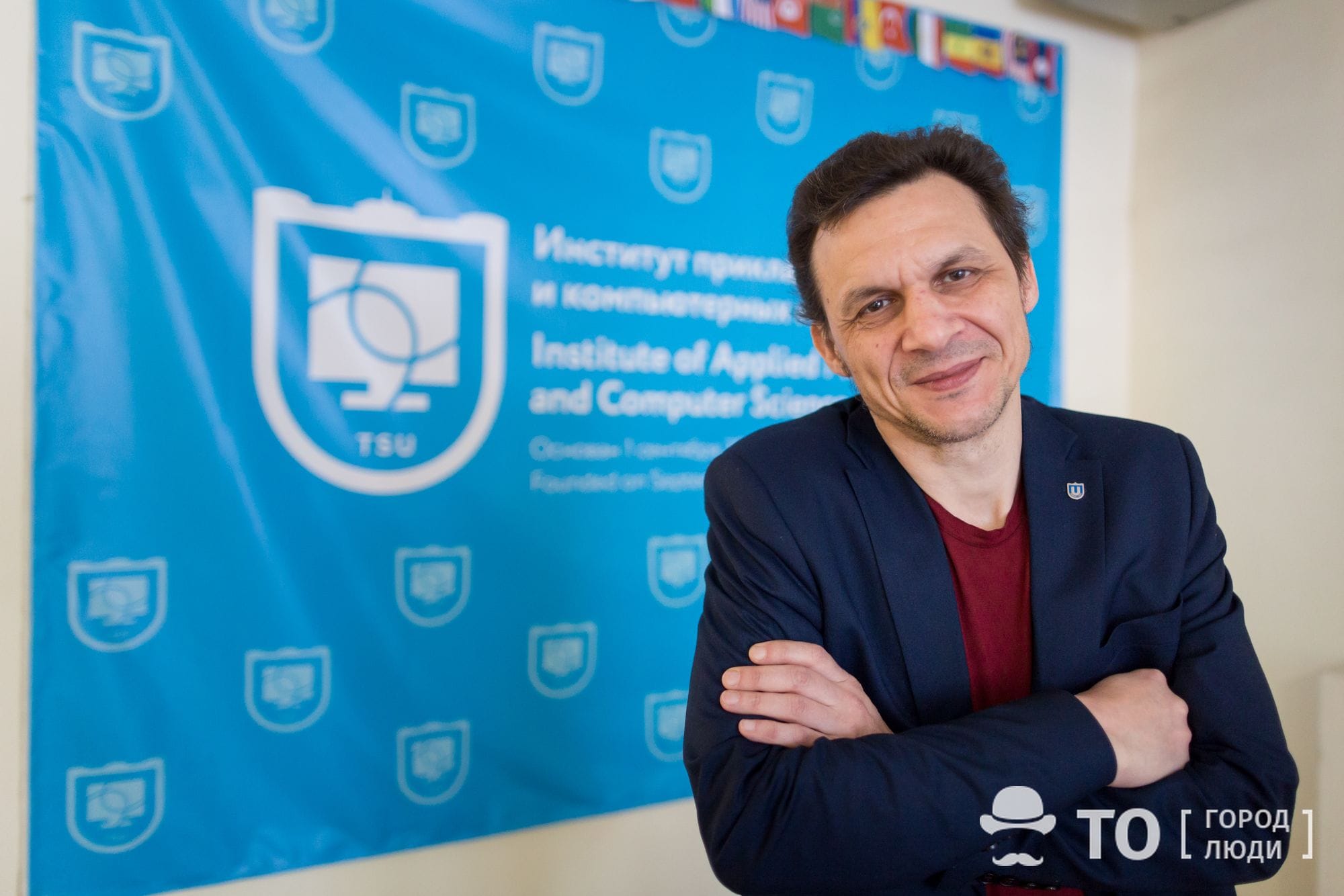
To the date, there are two higher schools within the university; in addition to HITs, there is also the Higher School of Journalism. The peculiarity of these structural divisions is that they are strictly professionally oriented. “Brutal words for a classic university,” jokes Zmeev, and continues seriously:
No professional school can be made in an area you are not professionally engaged in. The university will not be able to make a professional school, say, in the aircraft industry, because we do not produce planes. But the university is engaged in PR, journalism, and design — at least, meeting the internal needs. It also deals with software engineering, when tackling its own issues.
Regarding having a professional school established, professional activities are a necessary criterion. But there is also a sufficient one: in your environment, you must have strong partners to support the education you provide, and make sure that you teach and train students for these partners, not for yourself. If any criterion, whether the necessary or sufficient one, is not met, you will never build a school.
However, professional schools are not necessary for all areas of training: they can easily be adjacent to classical faculties.
“A classical university is quite a peculiar structure,” Oleg Zmeev is certain. “You are not surprised — are you? — that the university has an Institute of Arts and Culture, which trains singers, and the Faculty of Physics and Engineering next to it, training engineering professionals. What is there to be surprised about? It’s usual life of any global university. Look at China, which also started, yet a little bit earlier, playing the game of reconstructing the educational model from Soviet-type to international. You will see that most Chinese universities have started to involve structures and departments previously considered abnormal for them. For example, former polytechnic universities began to build up business schools, humanities and medicine facilities. From this point of view, I believe our university to lack a number of areas, we need medicine as well!”
Competing & Co-operating Systems
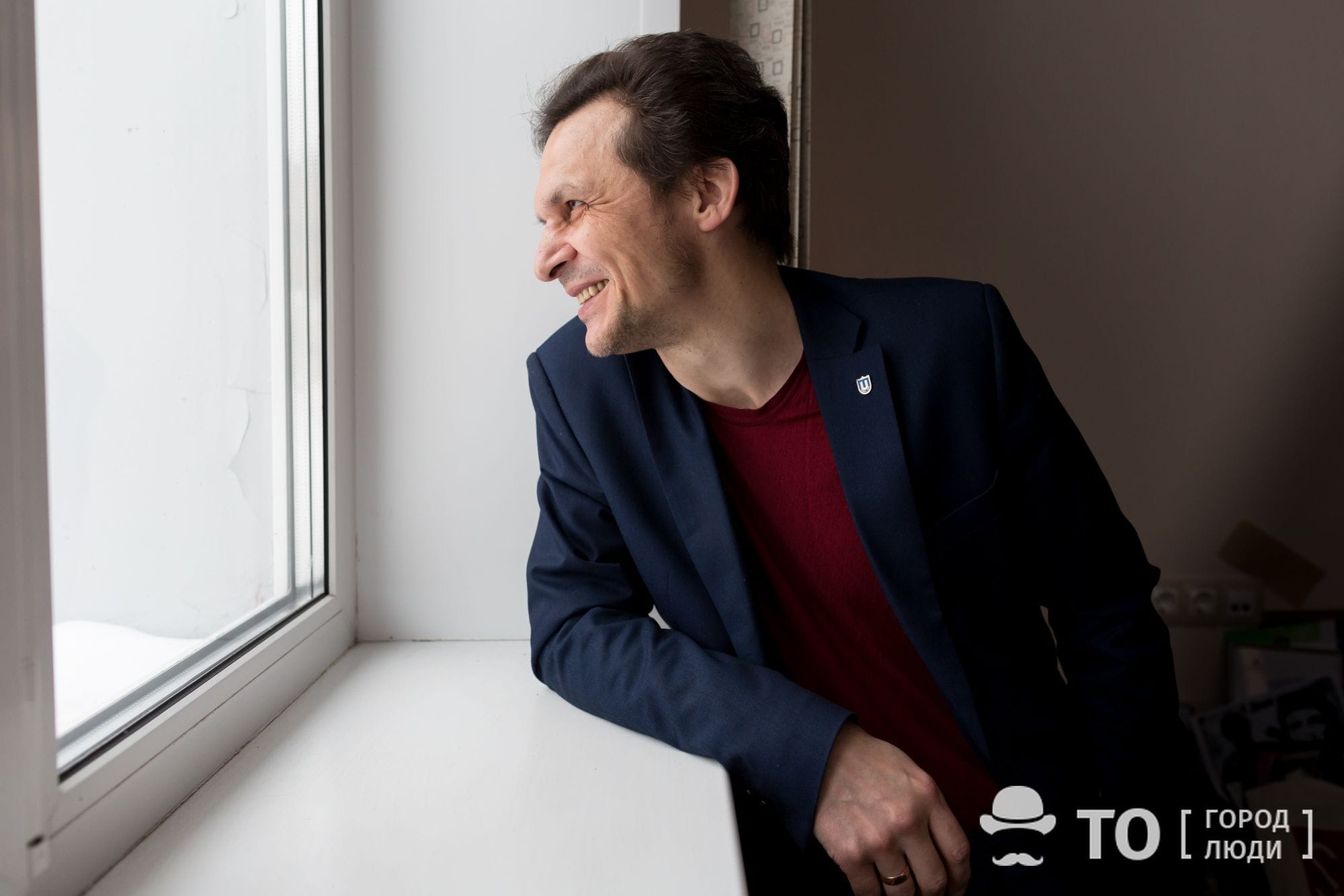
Oleg Zmeev and his HITs colleagues suggested expanding the format of the school to other Tomsk universities even before the idea of the Big University, or concurrently with its origins.
“The idea of the Big University is to solve a problem no one has been able to solve comprehensively so far. This is the creation of competing co-operating systems at the Tomsk level,” explains Zmeev. “With a cool head, we should understand the situation and distribute where the universities of Tomsk are to play together, under a single brand, and where they are to compete further.”
In Tomsk, a cooperative center could be created to undertake virtually any project by quickly gathering the team and resources required from different universities. But to do so, the universities would have to overcome their usual snobbery and jealousy.
“For example, apart from TSU, software engineers are trained at both TUSUR and Polytech*****,” says the Head of HITs. “From this point of view, we are now competing with each other for students, teachers, and attention of employers. Although, logically thinking, we can unite rather than compete. We can take what works well and delivers results, and construct, based thereon, that very cooperative game in the form of a network program or a unit of the Big University, where each university operates its own area of proficiency. For example, software engineering is a ‘field’ of TSU, while Polytech provides its process automation engineers and TUSUR trains information security professionals... As a result, we will be able to deliver unique programs with a common core, thus attracting a much larger number of business partners. What are the roadblocks? First of all, some distrust in each other: we have been accustomed to playing separately for too long; secondly, our common reluctance to recognize the superiority of another university in any single thing.”
What Is the City About?
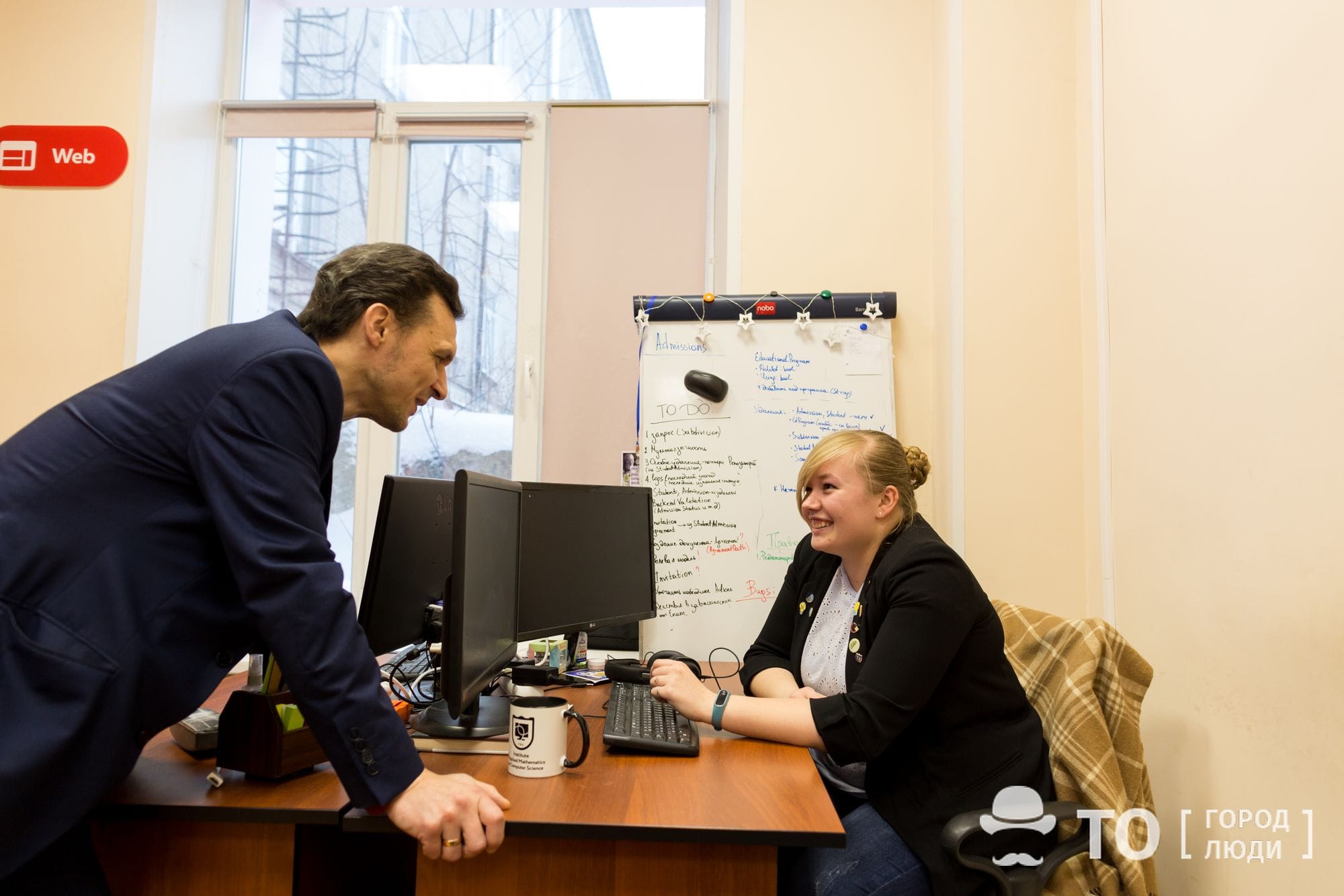
So far, inter-university programs are nothing but a good idea, most often. However, sooner or later, according to Zmeev, collaboration will be inevitable — if only Tomsk intends to become a world export center for science and education.
“In my opinion, Tomsk will not be able to live as it used to”, says Oleg Zmeev. “It’s time for the city to understand what this city is about. Tula has been forging weapons for centuries — it’s clear what Tula is about. What is Tomsk about? If it is a city for universities and students, then why is there a prison camp in the city center? Why wasn’t the building of the former military medical institute handed over to any Tomsk university upon the military having left it? There are a lot of such ‘whys’. A university city must not make any planning decisions without account taken of the interests of its universities.”
The Vice-Rector believes that the idea of a university city should become a unifying one for all Tomsk residents, and they will get some “sweeteners” therefrom by participating in university events or visiting libraries. Then, according to Zmeev, a new culture will appear in the city after a while, as well as a kind of pride like “I live in the university city, Siberian Athens. I know there is only one such city in the whole country. I enjoy its atmosphere of eternal youth.”
Transformation of Everything
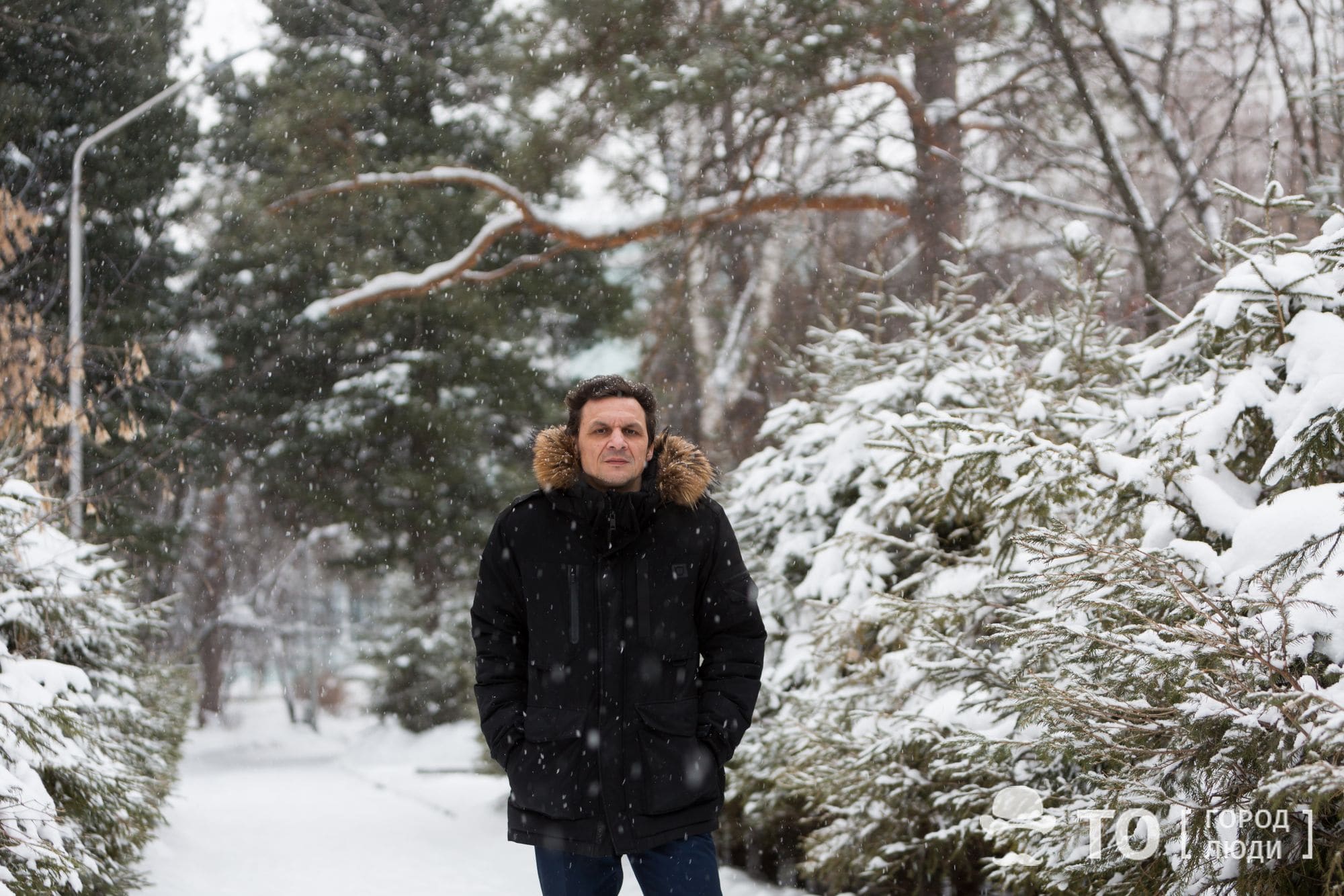
In addition to being the Higher IT School Head, Oleg Zmeev, as Vice-Rector, is in charge of the university digital transformation. He considers the restructuring of old industries on new grounds (including education) as a necessary stage of economic development.
What will happen to the old industries when robots become ‘full participants’ in any process?” he asks. “This is already underway. For example, you will not be able to create a service like ‘Yandex.Taxi’ without robots. This is another way of doing business, another culture, the very digital economy everyone admires to talk about. Education is the very example of an old industry that needs to be rebuilt with the possibilities offered by new technology.
In terms of digital transformation, the Vice-Rector sees two concurrent processes. The first is unification. Why not combine all Tomsk universities into a single digital structure — from Novosobornaya Square to Lagerny Garden — where a student can feel at home in the territory of any university? On the other hand, digital transformation will make education more personalized and individualized, as well as mass, fast and cheap. It will be tailored to each student so that the university will be transformed from a knowledge retransmitter into an assemblage point for both a professional and a person.
In addition, the digital transformation will help tackle the issues of purely applied nature. For example, predicting, through big data analysis, market trends, and training graduates to meet the demand in new professions — not being six years late, but exactly just in time of need. Also, simply arranging the campus utilities wisely: reduce energy consumption in campus buildings and dormitories on vacation when the campus is dead, and warm buildings in time for classes to start.
When asked as to when the turning point in this very digital transformation comes, Oleg Zmeev answers as follows:
“You will not even notice it. Can you recall the moment when you realized that you can’t live without your smartphone? We will slowly have moved to a new reality and will not even notice how we have found ourselves there. On the other hand, it’s not for nothing that this move is called the industrial revolution. If you recall our history, for mankind, every industrial revolution ended with the world having been re-designed and re-divided, as we’ve been able to re-design only through wars yet. I don’t know whether it is going to be the same way this time. We’ve become wiser and smarter. Once we’ve changed life on Earth, we’ll fly to the stars. The Universe is infinite; we will keep a plenty of possibilities to change everything there for a long time.
___
* Local informal name for HSE (Higher School of Economics) University, Russia
** ITMO (Information Technologies, Mechanics and Optics) University in Saint-Petersburg, Russia
*** In Russian history, the notion “Varangians” (Rus.: “varyagi”) is associated with guest (mostly foreign) rulers.
**** Soviet animation film “Priklyucheniya kapitana Vrungelya” (Eng.: “Adventures of Captain Vrungel”)
***** Local name for Tomsk Polytechnic University (TPU), Russia
Text by: Katerina Kajgorodova
Photos by: Veronika Beletskaya
